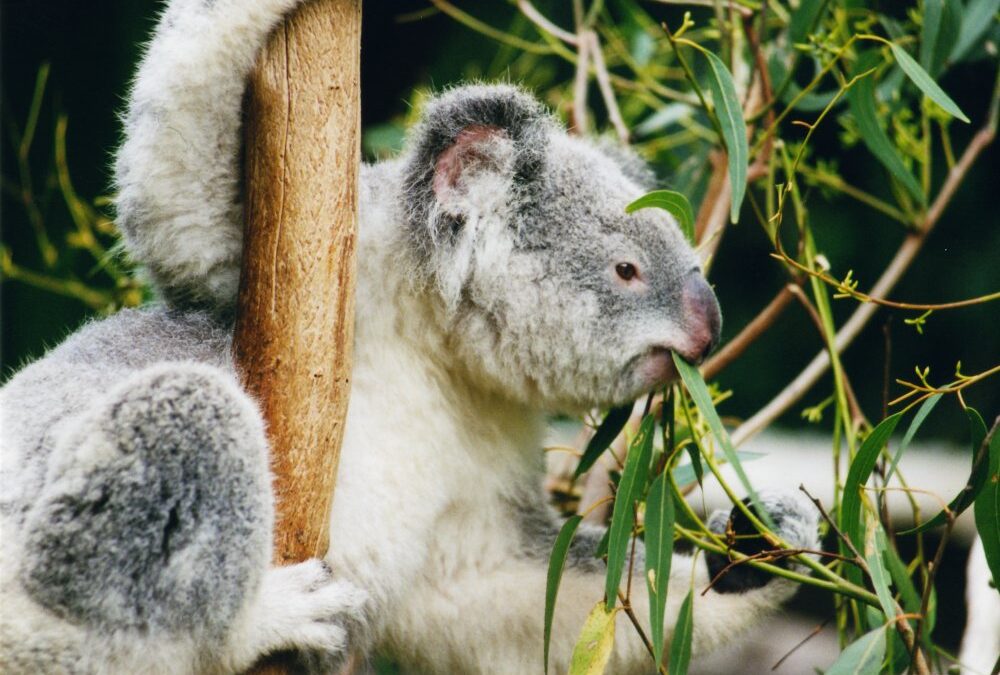With so many ancestral myrtles to shape, there must be a good reason why natural selection said no to the idea of African eucalypts.

Prof. Mumblebard claims: “Although Australia and southern Africa have similar climates and landforms, there are no counterparts in the native flora of Africa for eucalypts – a lineage dominant in Australia. This is because of genetic limitations. Africa simply separated from Gondwana before suitable ancestors from the family Myrtaceae reached it. Owing to the historical inability of the flora of southern Africa to emulate such peculiar adaptations, the ecological niche of eucalypts has remained vacant in Africa as an accident of biogeography.”
Robin and the Honey Badger respond: “More than twenty species of the eucalypt family, Myrtaceae, are indigenous to South Africa. If conditions had been suitable for eucalypt-like plants, the ancestors of these species could have easily converged evolutionarily with eucalypts. Indeed, with such varied members of the same family available for modification by natural selection and hybridisation, it would have been a modest step for one of these original myrtles to produce eucalypt-like trees or tall shrubs capable of dominating much of southern Africa. What has been overlooked in particular is that the native myrtles of southern Africa collectively possess several of the features of eucalypts such as oily, aromatic or leathery leaves, dry capsular fruits, and an adaptability to grow tall or short depending on local conditions.

Please join us here at the Bio-edge with your own comments. In the discussion below we encourage links to any evidence supporting either Prof. Mumblebard or Robin and the Honey Badger. Illustrations are welcome but please cite all sources or we may be forced under copyright to delete your comment.
***
Featured image: Koala eating eucalyptus leaves by Arnaud Gaillard (CC BY-SA 4.0, Koala)

